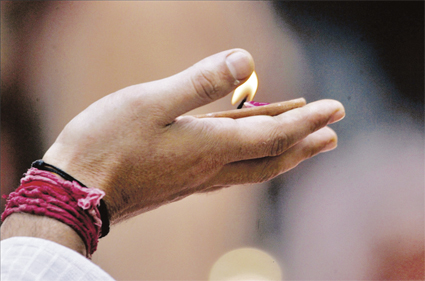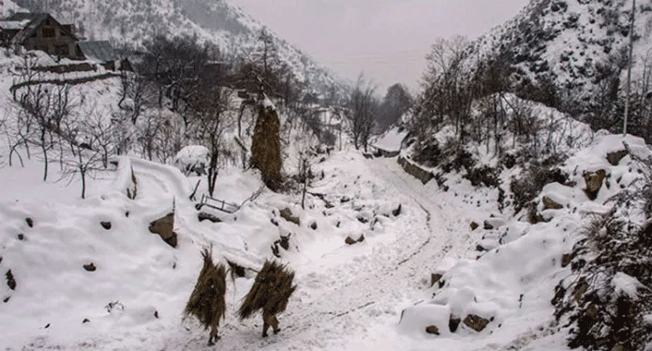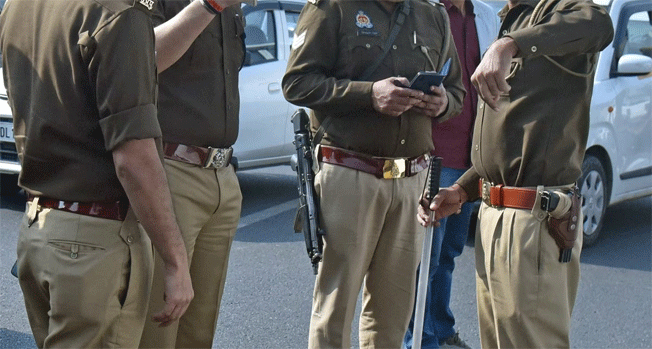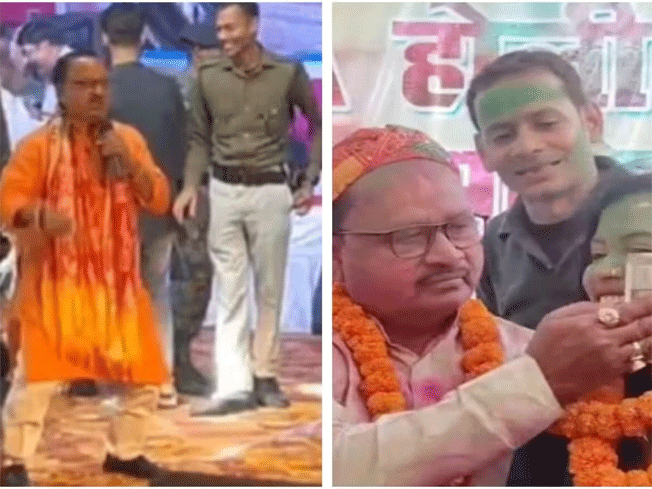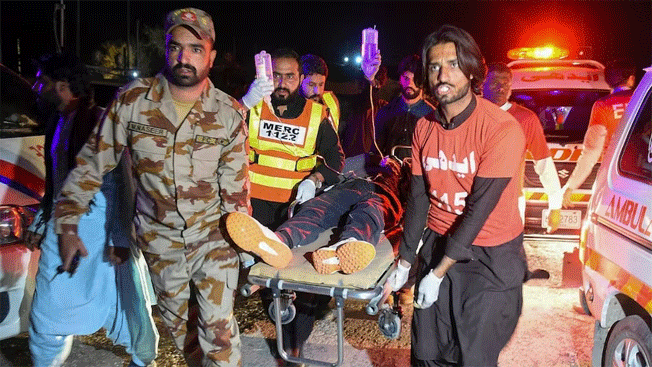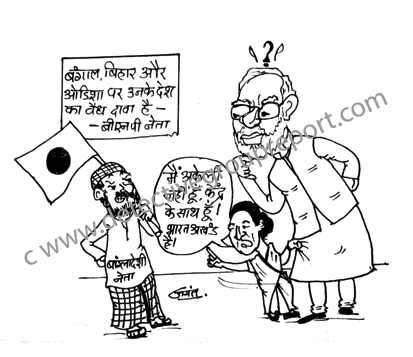An empty question, cynically recycled in tweets and speeches, needs to be replaced with actual questions about healing for Kashmiri Pandits, their culture, and for Kashmir itself.
This month marks 30 years of exile for the Kashmiri Pandit community. The question, ‘what about the Kashmiri Pandits?’ rings again in our ears. But if the past is anything to go by, there will be no answers.
‘What about the Kashmiri Pandits?’ has become an empty question, recycled in tweets, op-eds and speeches for political mileage, deflection, or for whatever purpose anyone wants. But this glib question has consequences: It forces Kashmiri Pandits to relive their traumas. It raises then dashes any hope of closure. And it deepens hostility towards Kashmiri Muslims, and even towards Muslims across India.
Hundreds of thousands of Kashmiri Pandits were forced to flee Kashmir from 1989 onwards. We still have no verified numbers for how many were killed. A few FIRs have been filed; convictions have been even fewer.
In 2017, the Supreme Court rejected a review petition asking to reopen 215 cases on the killing of over 700 Kashmiri Pandits. If the government and the people of India care so much, why have we never had a judicial commission to establish the facts – which should mean the killings of all Kashmiris, both Pandits and Muslims?
Being Indian doesn’t mean you stop speaking Marathi, Tamil, Assamese or any of dozens of mother-tongues. For Kashmiri Pandits, survival has meant assimilation into north India; surviving at the cost of living inside their language and culture.
Instead of cultural chauvinism or tokenism, there is need for better and more accessible histories of Kashmir, extensive language programs, and creative and varied thinking, dialogue, and work in Kashmiri— the ingredients for a living culture.
But above all, linguistic culture has to fight terrible odds to survive if it has no locality. And the fact is that the only place where Kashmiri Pandits’ language and culture are at home is the Valley.
Thirty years marks a generation, and a critical crossroads. We have a whole generation born since 1990, with entrenched trauma and little hope of healing – people whose only understanding is of a Kashmir torn and destroyed. On the other hand, there are those with memories of a shared existence, which now face the headwinds of oblivion.
The question we need to ask instead of “What about the Kashmiri Pandits” is this: Do we wish to extend lives of trauma and oppression for all Kashmiris, or to pivot back, lending our faith to a Kashmir where they all live with dignity?



